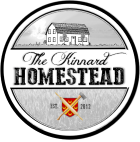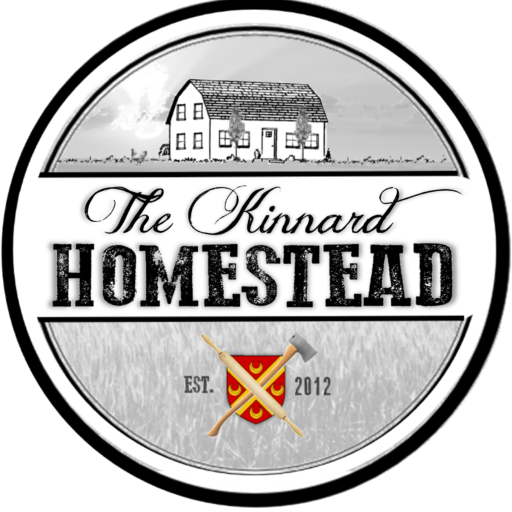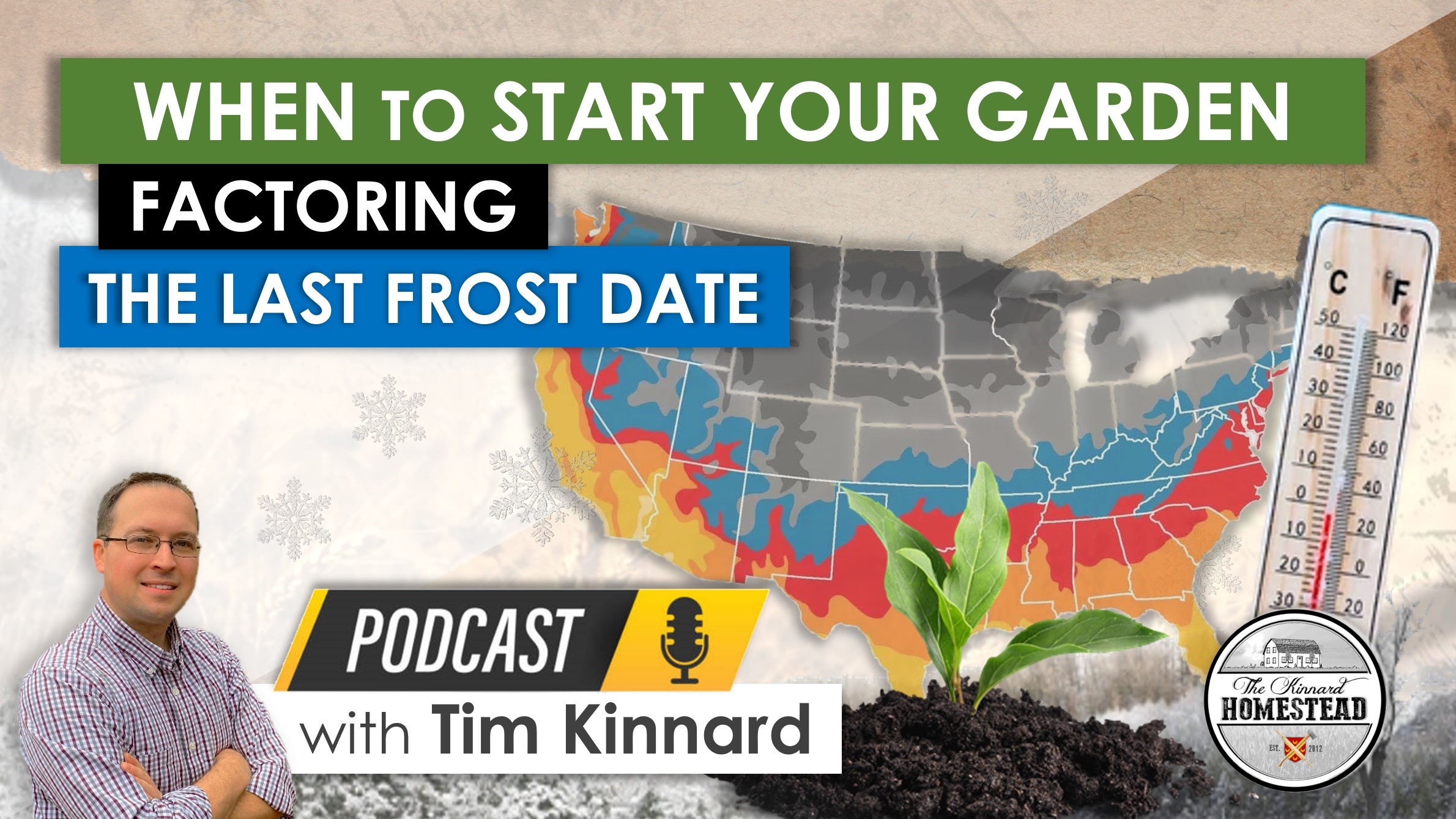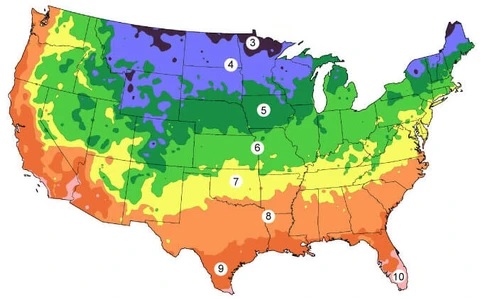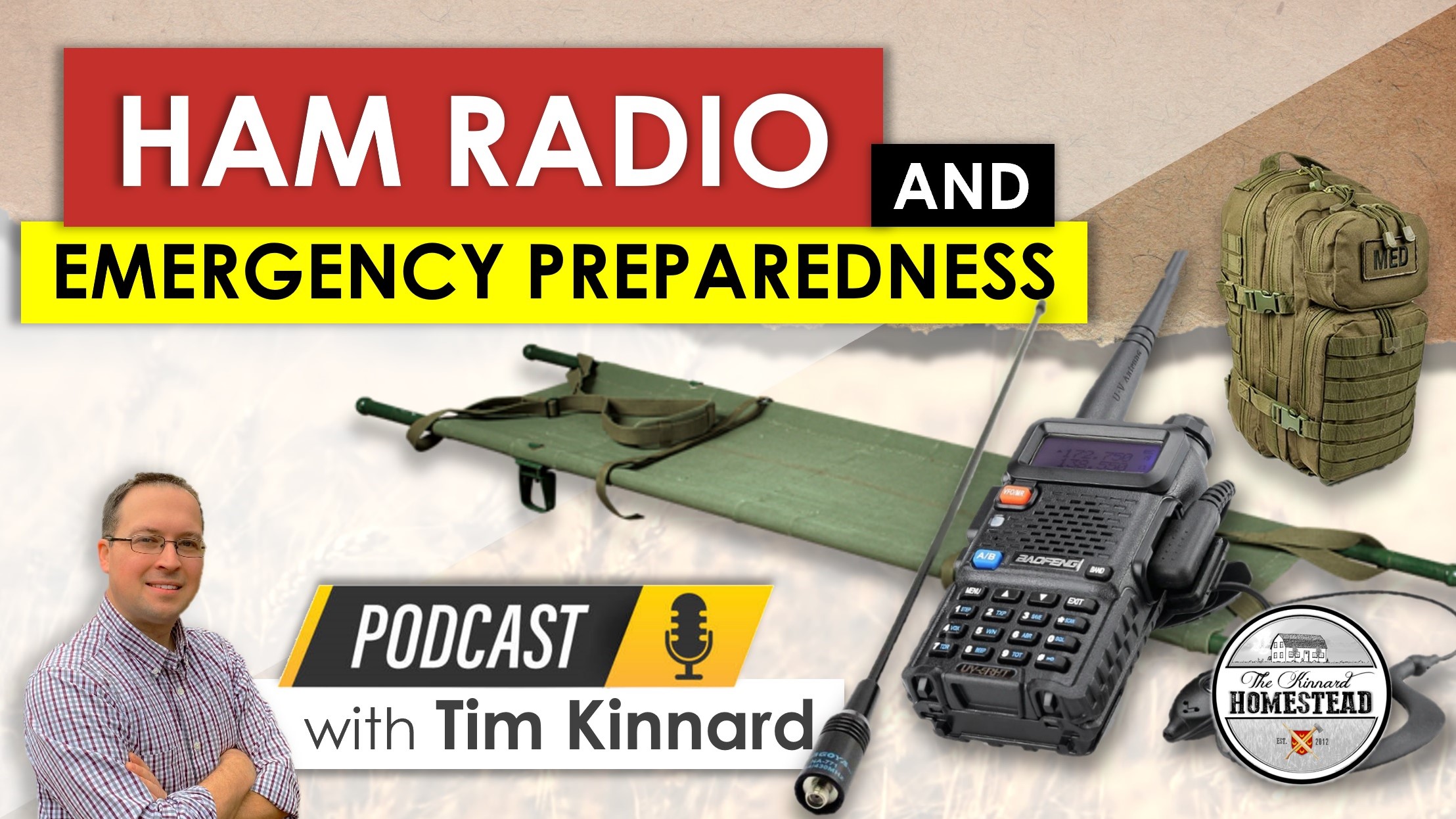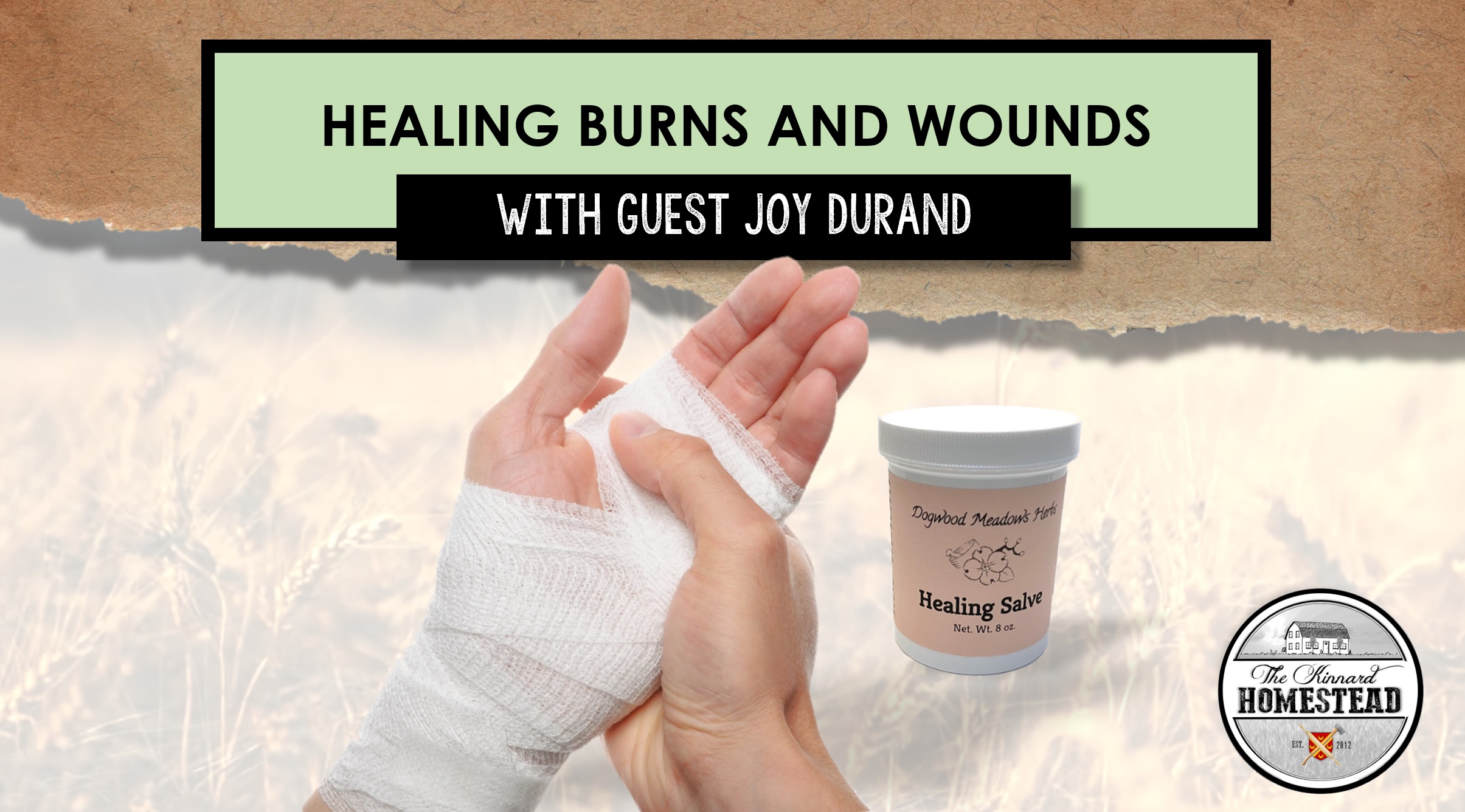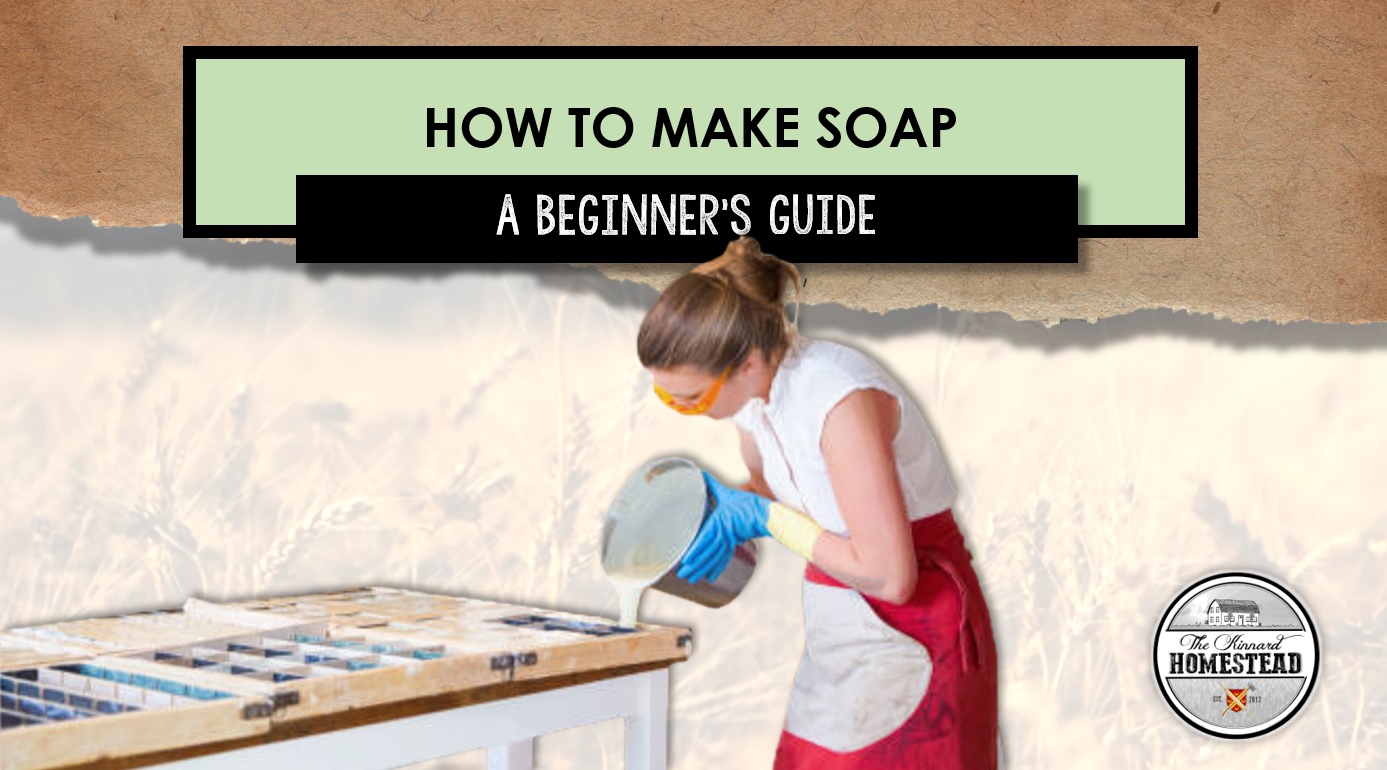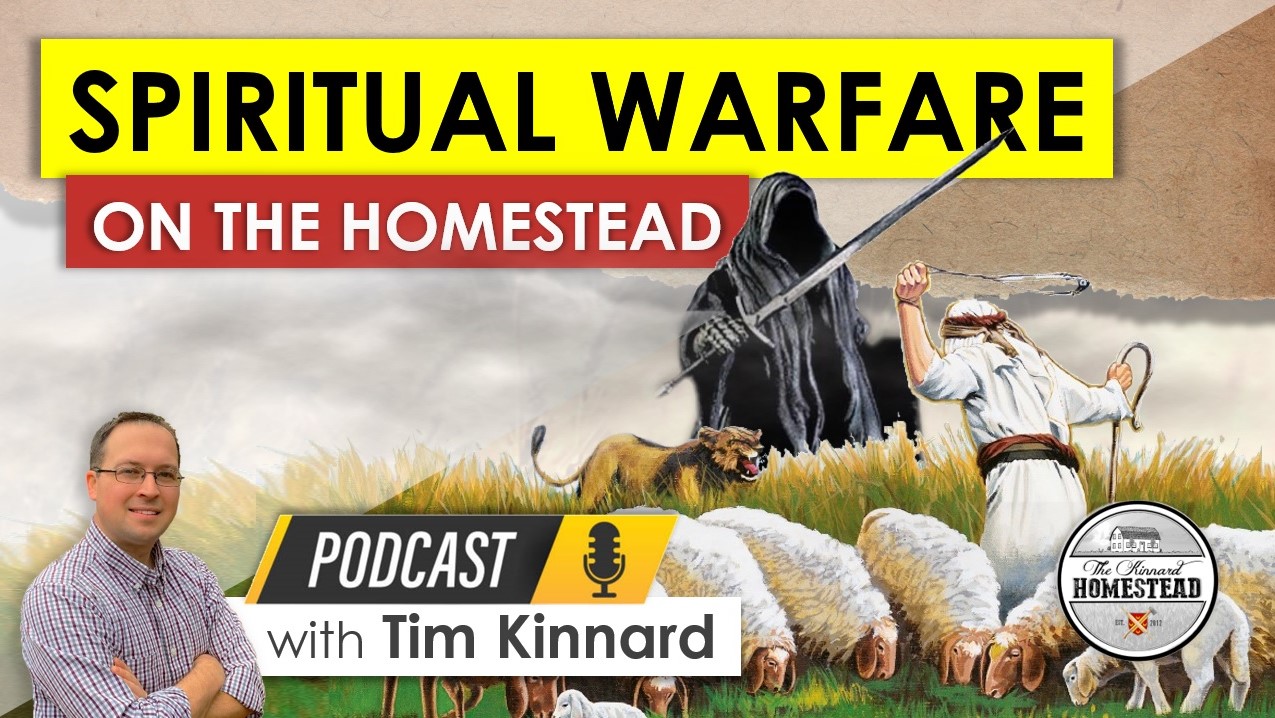Amy: Thank you all for joining me today as I get to introduce to you my favorite herbalist, mother of 8, small business owner, piano teacher, university flute instructor, and older sister, Joy Durand. I've been bubbling over with barely contained excitement at the opportunity to have her on our podcast so she can share with you herself the amazing journey she's been on when it comes to treating her family's health needs using all-natural treatments. She's my go-to, what I like to call, “walking encyclopedia” when it comes to herbal remedies.
Welcome to the show, Joy!
Joy: Thanks for having me.
Amy: There are so many different nuggets of wisdom and insight I know you could give us about tinctures and different herbal remedies, but in this episode, I want to focus on the events and the journey that led you to having the miracle Healing Salve in your store and why it's one of the main items you keep inside your family's medical kit.
Joy: Well, that's a really long story, but I'll try to give you the short version.
So, I guess it all started with Mom getting cancer and then she started researching a lot of natural remedies and such. And we just kind of jumped on board and kind of went down that road with her as we started having kids. The more that I read, the more interested I became in a lot of herbal remedies, so I started experimenting and making tinctures and syrups and just trying to see what would help our family the best…what would work what didn't work… was a lot of experimentation and not in a bad way. You know, if they were really sick, we would go to the doctor. But this was, you know, minor things like colds or little bruises. You know, just the normal things that kind of come with the Healing Salve though we came across that when I was reading some new books that I had gotten a long time ago—Be your Own Doctor by Rachel Weaver. I've collected all four of her books now, and they have been so invaluable to me and our family. I'm just so thankful for the blessing that they've been. Just the information that she's provided, and she's been very generous to share. And in her books, she talks about having a first aid kit, or, you know, just being ready being prepared having a medicine cabinet and such. And in 2014 we moved into a camper as a family just because we wanted to travel around the U.S. and see different places. You know give the kids a first-hand education of history and just the land that we live in—national parks and such. And before we moved into the camper, I knew that I wasn't going to have my big full kitchen like I do in the house with all my resources, and so I wanted to be prepared for how we were going to be living. So, I made all my tincture syrups and such and got them all prepared and ready for my first aid kit to be in the camper. And as part of that kit, I had some Burn and Wound Salve that Rachel Weaver recommended for burns and wounds. It was then that that we started using it little by little… just minor things like sunburns, you know after hiking at the national parks or such, you know things like that. But I had never really used it on anything serious until about the middle of 2015. At that point we had an accident, a very severe burn on my 5-year-old daughter and that was when we got to see how the Burn and Wound Ointment worked, and it was truly amazing and just a blessing from the Lord.
Amy: Can you tell us what happened when your daughter was burned? Paint the picture for us what did what did that look like. What happened? What were the thoughts that went through your head?
Joy: Well, what happened when the accident happened; basically, she was burned by some boiling water, scalding water. I had just poured two tall thermal, you know stainless steel thermal mugs, with some boiling water because we were going to have tea, and the countertops in a camper are very small, so they were sitting there on the countertops. And at the time we had 7 kids.
The youngest baby was about maybe 5 months old or so, and my 5-year-old daughter was holding him and just, you know, playing around with him bouncing him on her hip there in the little living room. He reached out to grab one of those mugs, and she spun around trying to protect him from it but in in doing that they got knocked off the counter and they spilled on her. And this literally all just happened like in one minute, because I had just poured it just in that short amount of time. That's when the accident happened, and it burned the majority of her upper right arm and the majority of her upper right leg pretty much all over.
You know she was screaming quite hard; it was very scary to hear, and it was just horrible. That's how, I can just tell you it was horrible. It's not like when your kids just fall and bump their self or fall off their bike or whatever, you know, when they cry like that. It was worse than that, and so we put her in the bathtub and tried to cool off the burn as much as possible to get that heat out of the burn. We took her pajamas off, and when we did that, the skin just was coming off in layers, just falling right off her arm like a big sheet and off her leg. And there was one spot on her arm that was like a pit. Almost, I think, more like a third degree burn really, because it had gone through several layers of the skin. I knew that we were looking at something very serious. I did remember during all that time, you know all that time, it was a very short amount of time—just a few minutes, but I remembered enough to know that I needed to cool the burn.
So that was the first step. And in that amount of time, then I was able to sort of think a little bit about what do we do. Do we go to the hospital? Do we you know try to do something here? I didn't know at that point because you're just trying to sort things out. So, I went ahead and grabbed my book off the shelf because I did have my book with me the Be Your Own Doctor book, and I looked really quickly through the burn section. And you know, there's instructions in there, very good detailed instructions in there, you know here's kind of some guidelines about how to decide whether to seek medical help depending on the percentage of the body burned and just different guidelines that you can look at to kind of assess the situation and that really helped me be able to know what to do. So, I kind of assessed that maybe like almost 20 of her body had been burned, you know maybe less than that, but it was severe but not so severe that we needed to rush her to the hospital right then and there. I did have a small container, an 8 ounce container of the Burn and Wound Ointment, so we went ahead and got her out of the bathtub—probably about 15 minutes she was in there, and she just got so cold—so we went ahead and got her out, gently patted her dry, and slathered that Burn and Wound Salve on her. And at that point, she did stop crying, because the salve really it helps the pain go away within 30 seconds. I mean it really decreases it to the point where you have comfort and you're soothed even though I'm sure there's still pain there. I can't imagine. I've never been burned that badly, but it was soothing enough that she stopped crying.
During that time my husband had gone and run to the store for bandages and got some non-stick bandages, and we wrapped her up, and she went to bed for the night. Of course, I didn't go to sleep very well because I was worried about her and wanted to keep checking on her and making sure she was okay. I also, you know during that time, we wanted to be careful and make sure that she didn't get an infection or get dehydrated or have any of the signs of shock or anything like that, because those, especially infection, is a number one complication of burns. So, we were ready and alert to just go to the hospital whenever we needed to, but we wanted to try this gentle way of healing. And I can tell you, it was a huge blessing both for us and for our daughter, because she was able to heal in a much more painless way, I believe, than if we had had to do the hospital procedures.
Amy: Can you tell us how did you actually go about treating the burns after you saw and you were able to ascertain the severity of it how much of it had been, you know, covering her arm and leg? What did you end up using in order to keep the infection at bay?
Joy: We went ahead and called a store in the Amish community in Pennsylvania, and we ordered a half gallon of salve and burdock leaves—some dried burdock leaves, and talked with them about this treatment protocol that we had learned about in the Be Your Own Doctor books. They had been through it several times through just different accidents that had happened in their community, so they already had more of an awareness of what to look for and how things should be progressing as she healed. They were a huge help! We got those supplies from them—we got them overnighted, and we started using them. We would change the dressing twice a day every 12 hours. When we would do that, we would lay gauze pads— clean sterile gauze pads—on the wound or the burn, and then we would gently pat them and then gently lift them up. And this was to clean away any dead skin. Sort of similar to what they do in the hospital with the scrubbing with the antimicrobial soap. Instead, we were just doing it gently and not scrubbing. We wanted to get that decay off of there without having to be rough on the skin, on the wound, and so we would do that. And then we'd spray it with Colloidal Silver to cleanse it. We wanted to do that instead of the peroxide, because peroxide stings so badly, and we just wanted to do something that would cleanse it without being damaging at the same time. And so, we're just very careful with this gentle situation on her skin.
And then after that, we would again lay some gauze on there, another clean sterile piece of gauze, gently pat it, lift it off, make sure that it's getting any residue left behind just to get anything off of there; and then we would reapply more salve— a very thick layer about an eighth inch, maybe even a quarter inch because I like to be very liberal with it. But we would slather that all on, and then we would wrap that with some re-hydrated burdock leaves which also help in covering the wound instead of covering it with gauze that would, you know, pull maybe be a little bit more harsh on the wound. These leaves are very gentle, and they hold the salve there to the skin. And then when you take them off at the next dressing, then it brings that dead skin away off of the burn. And so we would lay that on there and then we'd use some chuck pads cut up and wrap that around it to have some kind of an encasement, and then, you know, wrap that with gauze to tie it all up into a neat little package. So, we would do that twice a day. And when we would go through that process, I washed my hands probably five times between each step, because I wanted to make sure anything that I touched was clean and sterile, and that I wasn't transferring any type of bacteria between the tools, the scissors, the stirring knife, or, you know, anything that I was touching. I didn't want to take any chances on any kind of infection getting into her body.
Amy: How long would you say it took for the burn to heal and was there a lot of scarring when you were using the Healing Salve, Burn and Wound Salve? How effective was it?
Joy: Well, she healed very rapidly in less than two weeks. It was very quick, and the scarring really, you know, you can't tell that she had a burn. You know initially when she was burned, the skin looked brown. I guess, you know, it wasn't black like what a fire would do, you know, charring the skin; but it was brown, a dark brown. And then as she healed, those new layers of skin just grew on top and became smooth as if it had never happened. They became smooth—for a while you could kind of see a border line of just color kind of variants between where the edge of the burns were—but they were still pretty much the same color as her skin. And now I can hardly even tell! And the only place that I can tell there was a burn is the place where she had about that quarter size third degree burn that was a deep hole. And now it's not a hole, it's not a pit at all. It filled in from the bottom up with new skin growth, new tissue, and it grew all the way up to the top layer of her skin. And so that area is completely smooth. The only thing that you can tell is it's white; it doesn't have the color pigment of the rest of her skin so it just looks like pure white skin.
Amy: So, it pretty much proved how effective it is as a burn salve. But as the years went by, how would you describe your experience using it then for other purposes?
Joy: Well, I think we might be prone to accidents in our family. I don't know…I'm not sure, but a few years ago our son, who is probably about 9 at the time, we had just gone swimming, and we were racing back to the house down the road. We had been in a neighbor's house. And so we were racing back down the road, and, you know, our road we live on a hill so it kind of goes downhill. He was going as fast as he could, and he fell. And when he fell, he hit the asphalt with his knee right above the kneecap. His whole body just hit in that one place. All that force in that one place, and it made a huge wound—I would say about maybe two inches wide open and then two inches across maybe three quarter to an inch deep maybe, because it was so deep, I felt like I was looking down in it like not being able to tell what I was looking at down there, because it did not look like the top layers of skin. So it was yucky. It was very ugly. You know, we first immediate reaction was, “Oh, we have to go get stitches!” because I thought, I don't know what we can do about this. We've got to go stitch it up and close it up.
So he was sitting on the edge of the bathtub cleaning it out. You know, I've taught the kids, you know, you need to clean your wounds, and, you know, make sure there's no rocks or anything in there because they've fallen off their bikes and stuff a bunch of times. And so, we were just looking at it trying to make sure there was no foreign objects in there. And really the bleeding was surprisingly minimal from what I remember. So anyway, we were doing that, and I had immediately gone and said to my husband, “We have to go get stitches,” and then I started trying to think what do I have here that could work in the time being. You know, what could we use? And then I remembered the Burn and Wound Ointment. I don't think it immediately came to my mind, because I was so used to the burn experience and that idea of just using it for burns, but it is useful for so many things. Since then I've used it on diaper rashes with great success, and I know people use it on chapped lips and sunburns and all— it's just a great first aid ointment—bruises, just all kinds of things. So anyway, we got the Burn and Wound Ointment out, and we packed his wound with that. This time we did not use burdock leaves, we just used non-stick gauze pads and then wrapped gauze around, but we did change his wound twice a day. We did the dressing twice a day, every 12 hours, and we just followed the same method. We just made sure everything was very clean, my hands were clean, all the time between touching anything, you know, sterile, and you know the tools, just everything was kept very clean. And then we used the same Colloidal Silver to clean the wound out. We would use a clean piece of gauze to gently pat on there and lift it off. So, it was really the same type of principle. And what happened with him is it took a longer amount of time to heal. I believe because the wound was so deep and possibly maybe, because we didn't use leaves. I don't really know for sure if that had anything to do with it because the burdock leaves really do help heal along with those properties that the leaves have as well.
It took about a month and a half to heal, but it was so much fun seeing how the wound would get smaller and smaller every few days. It was like, it was just amazing! It would close itself up little by little. I wish I had a time-lapse video; it would be so neat to watch something like that. It just little by little closed itself up as if he had stitches, and it brought itself together into this incision. It looks like he just had this incision, so he has a scar, he has a line of a scar, but he does not have those scars that you get from stitches —you know all those little holes that you get on both sides of an incision because of where the stitches were—he doesn't have any of that. It's just a nice clean scar. He's done well with it. It's been really good! And since then, we've used it on bad finger cuts and bruises just anything that we need it for first aid.
Amy: So, we've mentioned burns, we've mentioned severe wounds, we've mentioned sunburns. Also, I think even from our own personal experience that dreaded hill the same one that your son tripped on my son, my youngest, had an experience with that. And boy, he had a goose egg on his forehead. And I'll never forget bringing him in and sitting him on your counter, and here comes Aunt Joy with her medicine kit. And you whip out that, you know your Healing Salve, and some big ol’ bandage, and well you lathered it up and covered it with a bandage. And less than 24 hours later you couldn't even tell that there was anything there. There was hardly a bump; the bruising, the dark color that had started forming when he had first fallen, it was a faint greenish yellow as if it the bruise itself was over a week old. It truly is what people call it like the, you know, “liquid gold” or “the miracle salve” is what I've heard some customers of yours calling it. And they're absolutely right!
But speaking of all the different names that we call this, just to clarify, I know at the beginning we call it Healing Salve and then you've been telling the story and calling it Burn and Wound Ointment. How did this all come about? Are we talking about different things, or is it all one in the same?
Joy: Well, they are the same stuff, and I'll tell you, I want to tell you too a little bit about this salve. The salve the foundation of it is honey, and it's an important ingredient in it because honey is antibacterial, and it's very nutritive. It speeds up healing so one of the things that it does is that because it absorbs water, it takes water out of the surrounding bacteria and that bacteria dries up. So, the bacteria can't live, can't grow, it can't multiply so easily in that kind of environment. And then the glucose in honey converts to hydrogen peroxide, which is just amazing to me. So, we have this cleansing quality in the honey that's, you know, we first have the wound kept from infection, and then we have the wound being cleaned by the honey, and then the honey also has tons of vitamins and minerals and things that help the new skin to be growing. So, we have all that going on. And then in addition to that, we have all these other herbs that are in the in the Healing Salve that help with so many different things. You know the comfy root it helps that cell regeneration it just it puts it on high speed and promotes it to happen very rapidly. So, we have that and then there's other herbs in there that help to shrink the inflamed tissue and to strengthen the new cell growth. Then, like for example, the lobelia in there. Lobelia is great for pain relief and for just relieving sore muscles and different things like that. The addition of lanolin into the Healing Salve is what keeps the salve from just melting and running off your skin. So, that's really important too. And then we have the other oils like the wheat germ oil, olive oil, all these other things are to help prevent the scarring which the honey also does too. And so, it's so neat how a wound can or even a burn, a third degree burn even, can start this new tissue growth from the bottom of the wound inside and build itself up all the way to the top again. And because of this, that's how we have found that this has been such a great salve to use, and we've used it for so long now, I guess maybe 8 I don't know 8 years maybe almost now.
But what we did is last year since we've loved it so much and just seen such amazing results, we wanted to make this available to those around us to our people locally, friends, businesses and get them to where they could have access to it and use it and have good results with it as well. And so, I contacted the manufacturer, and this is made by the Amish community, and they've been so kind. They have allowed us to resell their product, and they are re-labeling it for us with our business name and just the name Healing Salve so they are one in the same product. I would be happy if anybody got it from either place because it's just so wonderful, and everybody should have it in their medicine cabinet.
It's just, it's truly a blessing to be able to have something that works, and you know, it saves you money in the long run really, because, you know… To give you an example, that whole two-week treatment that we used for the burn, the severe burn on our daughter, it only cost us $500. That included all the bandages, and at that point, my husband was going to stores that sold surplus bandages or you know bandages in bulk medical supply stores where he could get it cheaper. And so all of that put together was only about $500. You know, it's it makes a difference when you can treat something on your own, and of course, we're always ready to seek help when needed. And that's the blessing too, that we can do that when needed. But I just want that to be available to people, and that's how we came across it and where it comes from.
Amy: Joy, thank you so much for taking time today to share with us such great information. I seriously cannot wait to have you back with us again!
For all our readers out there, I hope this episode was a help to you in some way. If you'd like more information about Joy Durand and the Healing Salve visit her website at www.dogwoodmeadowsherbs.com or www.thekinnardhomestead.com. Until then, God bless you.
